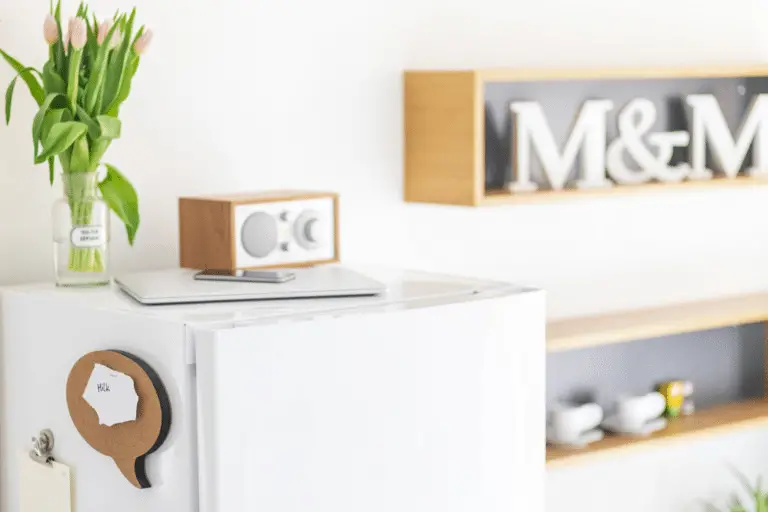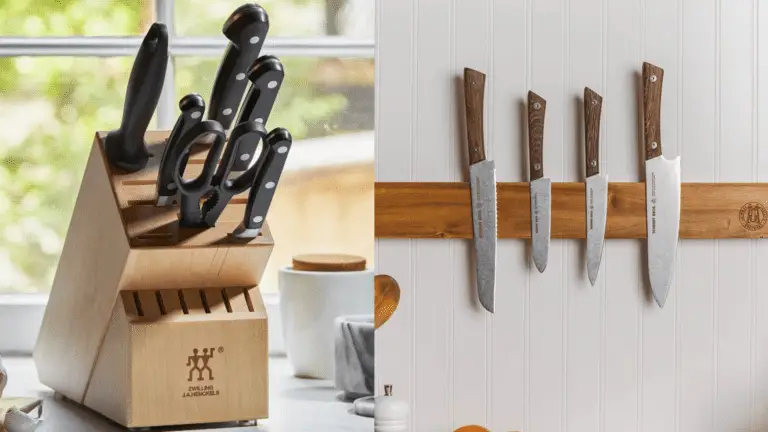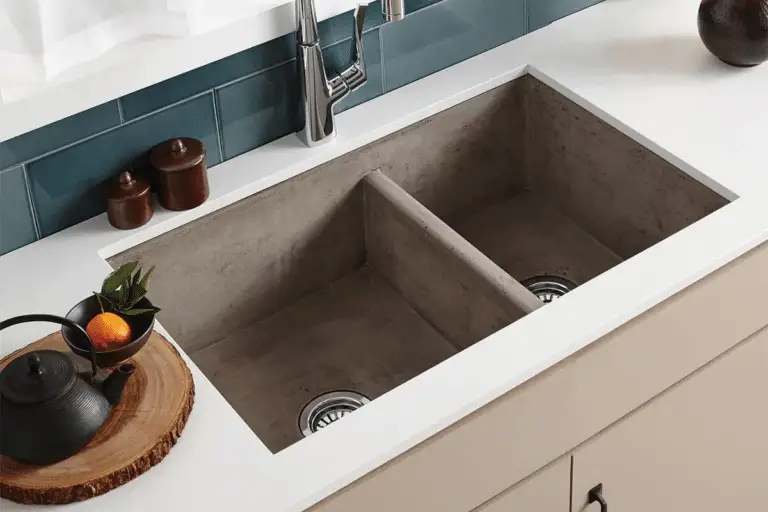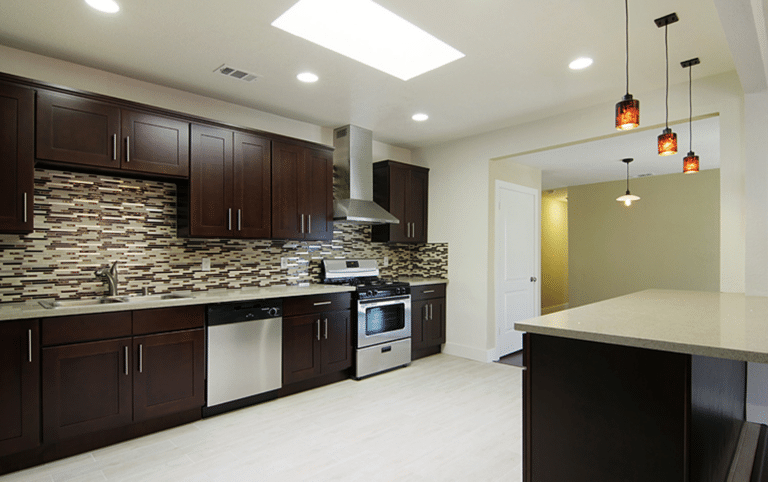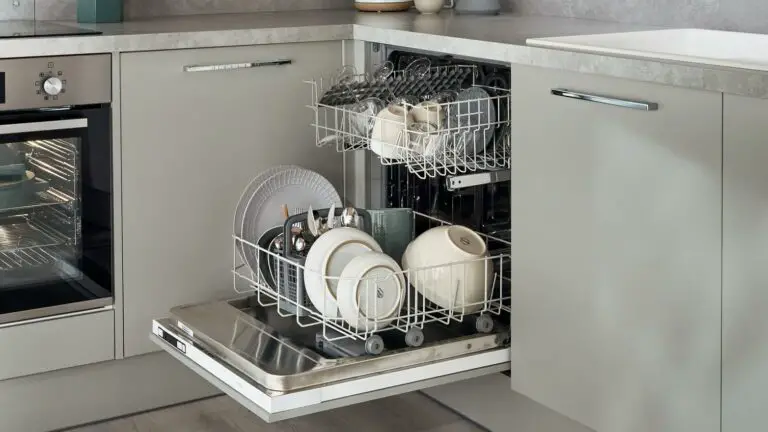Welcome to our guide on choosing the perfect kitchen faucet for your home! From understanding different types to considering your kitchen’s design and style, we’ve got you covered. Learn about materials, finishes, installation tips, and how to balance quality with affordability. Don’t forget the importance of a good warranty! Let’s dive in and make sure you pick the best kitchen faucet for your needs.
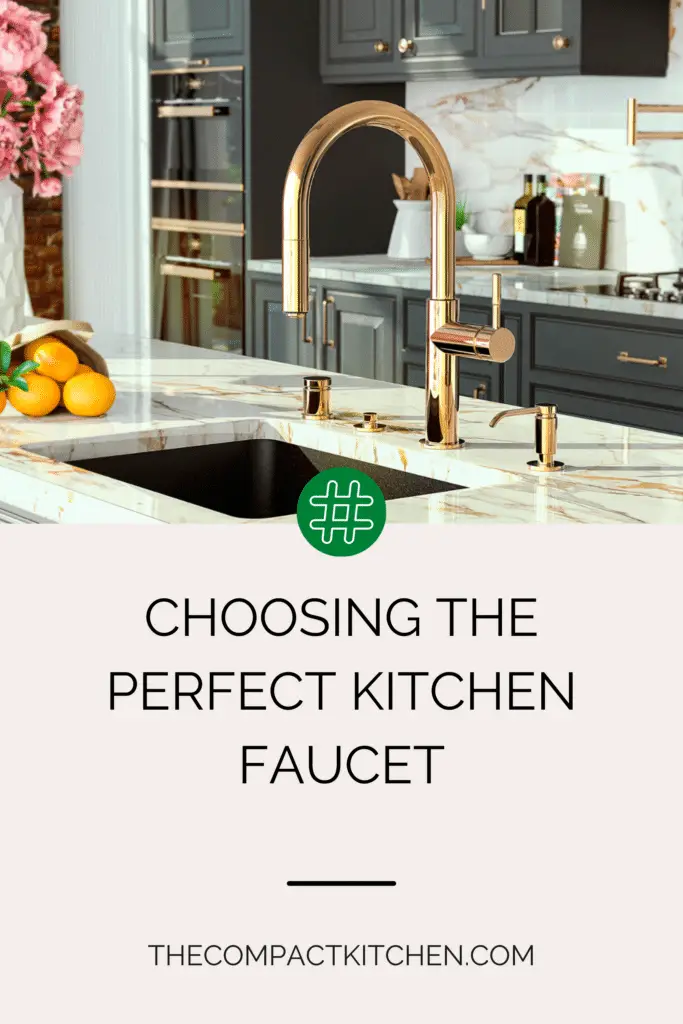
Understanding the Basics of Kitchen Faucets
When it comes to choosing a kitchen faucet, it’s essential to understand the basics before making a decision. Familiarize yourself with the different types of kitchen faucets available, such as pull-down, pull-out, single-handle, and double-handle faucets. Each type offers unique features and benefits, so identifying your specific needs and lifestyle is crucial in selecting the best kitchen faucet for your space.
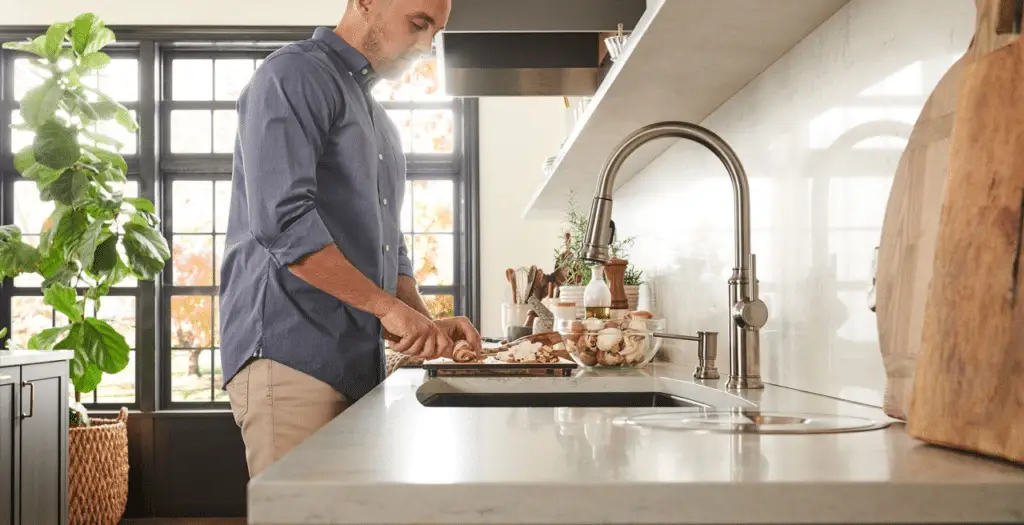
For example, if you have a deep sink, a pull-down faucet may be more convenient for filling large pots and pans. On the other hand, a pull-out faucet might be a better option for a smaller sink with limited space. Consider how you use your kitchen on a daily basis and choose a faucet that complements your habits.
Another important factor to consider is the overall design and style of your kitchen. The faucet should not only be functional but also aesthetically pleasing and cohesive with the rest of the space. Whether you prefer a modern, traditional, or industrial look, there are kitchen faucets available in various styles to suit your design preferences.
Key Takeaways:
- Identify your specific needs and lifestyle before choosing a kitchen faucet.
- Consider the type of sink you have and how you use your kitchen on a daily basis.
- Choose a faucet that complements the design and style of your kitchen.
What to Consider when Choosing your Kitchen Faucet
When it comes to selecting the perfect kitchen faucet for your home, there are several factors to take into consideration to ensure that you make the right choice. From the role of your kitchen sink and counter space to the overall design and style of your kitchen, each element plays a crucial part in determining the most suitable faucet for your needs.
The role of the kitchen sink and counter space
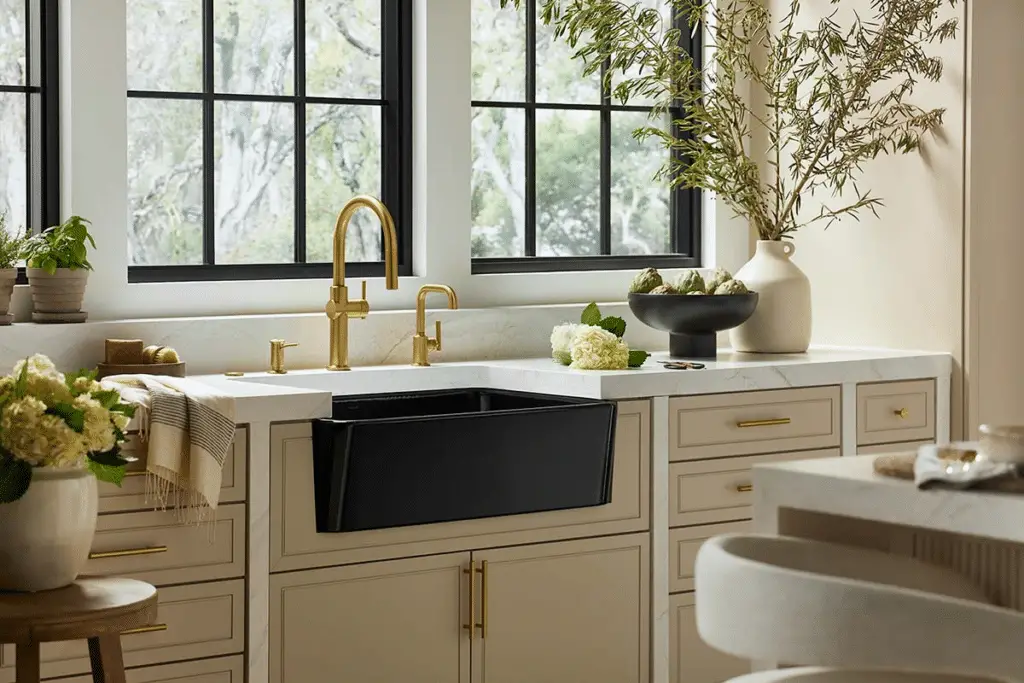
One of the first things to consider when choosing a kitchen faucet is the size and layout of your kitchen sink. The faucet should complement the sink and counter space, ensuring that it is both functional and aesthetically pleasing. For example, a large farmhouse sink may benefit from a commercial-style pull-down faucet, while a smaller sink may require a more compact and streamlined design.
The kitchen’s overall design and style
Another important consideration is the design and style of your kitchen. The faucet should not only match the existing decor but also enhance the overall aesthetic of the space. Whether you prefer a modern, sleek design or a more traditional look, there are plenty of options available to suit your tastes.
Ensure the faucet’s practicality and functionality
While aesthetics are important, it’s equally crucial to ensure that the faucet is practical and functional for your daily needs. Consider factors like the faucet’s reach and height, the type of handles (single or double), and additional features like a pull-out sprayer or touchless technology. These elements will ultimately determine how well the faucet will perform in your kitchen.
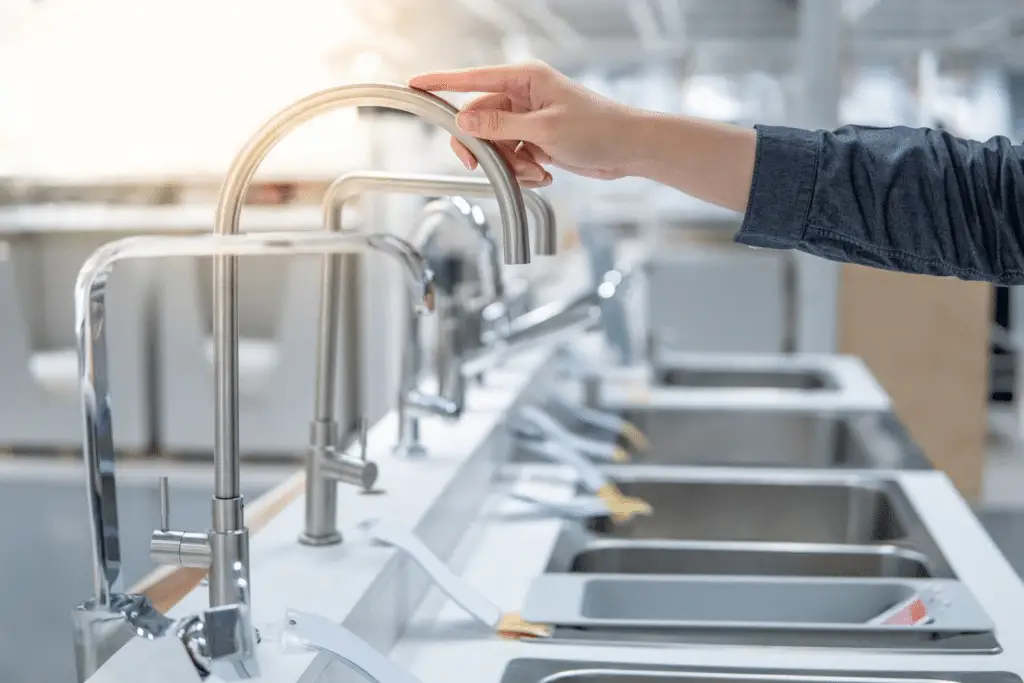
By taking into account the role of your kitchen sink and counter space, the overall design and style of your kitchen, as well as the practicality and functionality of the faucet, you can confidently choose a kitchen faucet that meets your specific needs and enhances the beauty and functionality of your space.
Material and Finish
When it comes to choosing a kitchen faucet, the material and finish play a significant role in both durability and aesthetics. There are different types of materials used in faucet construction, such as stainless steel, brass, or zinc alloys. Each material has its own set of advantages and potential drawbacks that should be considered before making a decision.
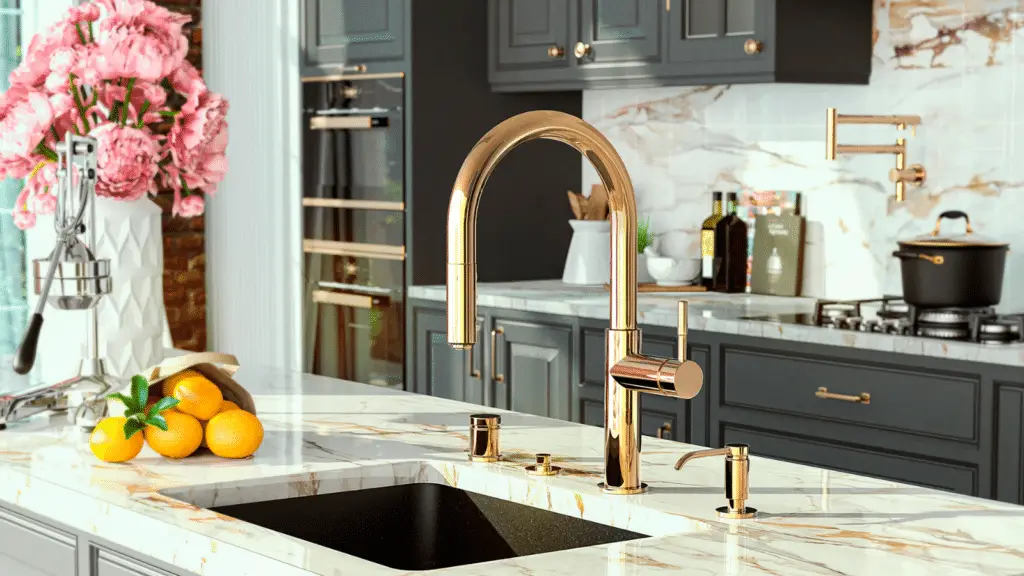
Stainless steel faucets are popular for their durability and resistance to corrosion, making them a great choice for a long-lasting option. Brass faucets, on the other hand, offer a classic and elegant look, but may require more maintenance to prevent tarnishing. Zinc alloys are a more budget-friendly option, but may not have the same level of durability as stainless steel or brass.

When it comes to finishes, there are plenty of options to choose from, including chrome, nickel, bronze, black, white, and stainless. The finish you choose can greatly impact the overall aesthetics of your kitchen. For a modern and sleek look, chrome or stainless finishes are great choices. If you prefer a more rustic or traditional look, bronze or black finishes may be more suitable.
Key Takeaways:
- Consider the durability of different materials like stainless steel, brass, and zinc alloys when choosing a kitchen faucet.
- Choose a finish that complements the overall design and style of your kitchen, whether it’s modern, traditional, or somewhere in between.
- Ensure the material and finish you choose are easy to clean and maintain to keep your kitchen faucet looking like new for years to come.
Installation and Compatibility
Matching Sink Holes with Faucet Holes
When choosing a kitchen faucet, it is important to ensure that the number of sink holes aligns with the number of faucet holes. If you have a sink with three holes, you will need a faucet that also requires three holes for installation. This will ensure a secure and proper fit, preventing any leaks or issues in the future.
Professional vs DIY Installation

Deciding whether to hire a professional for faucet installation or to attempt it yourself is a crucial consideration. While some may be comfortable with DIY projects, others may prefer the expertise of a professional plumber to ensure a flawless installation. Factors such as complexity of the faucet and your own comfort level with plumbing tasks should guide this decision.
Compatibility with Plumbing System
Before purchasing a kitchen faucet, it is essential to consider whether it is compatible with your existing plumbing system. Check the measurements, connections, and requirements to ensure a smooth installation process. Choosing a faucet that is compatible with your plumbing system will minimize the risk of issues and make the installation process much easier.
In conclusion, when selecting a kitchen faucet, paying attention to installation and compatibility factors is crucial to ensuring a successful and hassle-free experience. By matching sink holes with faucet holes, determining the best installation method, and verifying compatibility with your plumbing system, you can make the right choice for your kitchen.
Budget and Warranty
When it comes to choosing a kitchen faucet, balancing quality with affordability is crucial. The cost of kitchen faucets can vary widely depending on factors such as materials, finishes, and brand reputation. It’s essential to set a budget that aligns with your needs and preferences. Keep in mind that a higher price doesn’t always guarantee better quality, so it’s important to do your research and compare options before making a decision.
Emphasizing the Importance of Warranty
Along with considering your budget, don’t overlook the significance of a warranty when selecting a kitchen faucet. A warranty can provide essential protection against any potential malfunctions or issues that may arise after installation. Look for a faucet that comes with a solid warranty, ensuring that you can reach out to the manufacturer for assistance if needed.
Seeking Quality within Budget-Friendly Options
While it’s essential to stick to your budget, that doesn’t mean you have to sacrifice quality. There are plenty of budget-friendly kitchen faucet options available that offer durability, functionality, and style without breaking the bank. Look for reputable brands that offer a good balance between affordability and quality. By doing so, you can ensure that you’re making a smart investment in a kitchen faucet that will withstand the test of time.
Key Takeaways for Choosing the Perfect Kitchen Faucet
Remember, when choosing a kitchen faucet, consider your needs and lifestyle, the kitchen’s design, materials, finishes, compatibility, budget, and warranty. It’s crucial to find a balance between practicality, functionality, aesthetics, and affordability. Make sure to check for a suitable material, finish, and professional installation if needed. By following these guidelines, you can select the ideal kitchen faucet that fits your kitchen perfectly!


